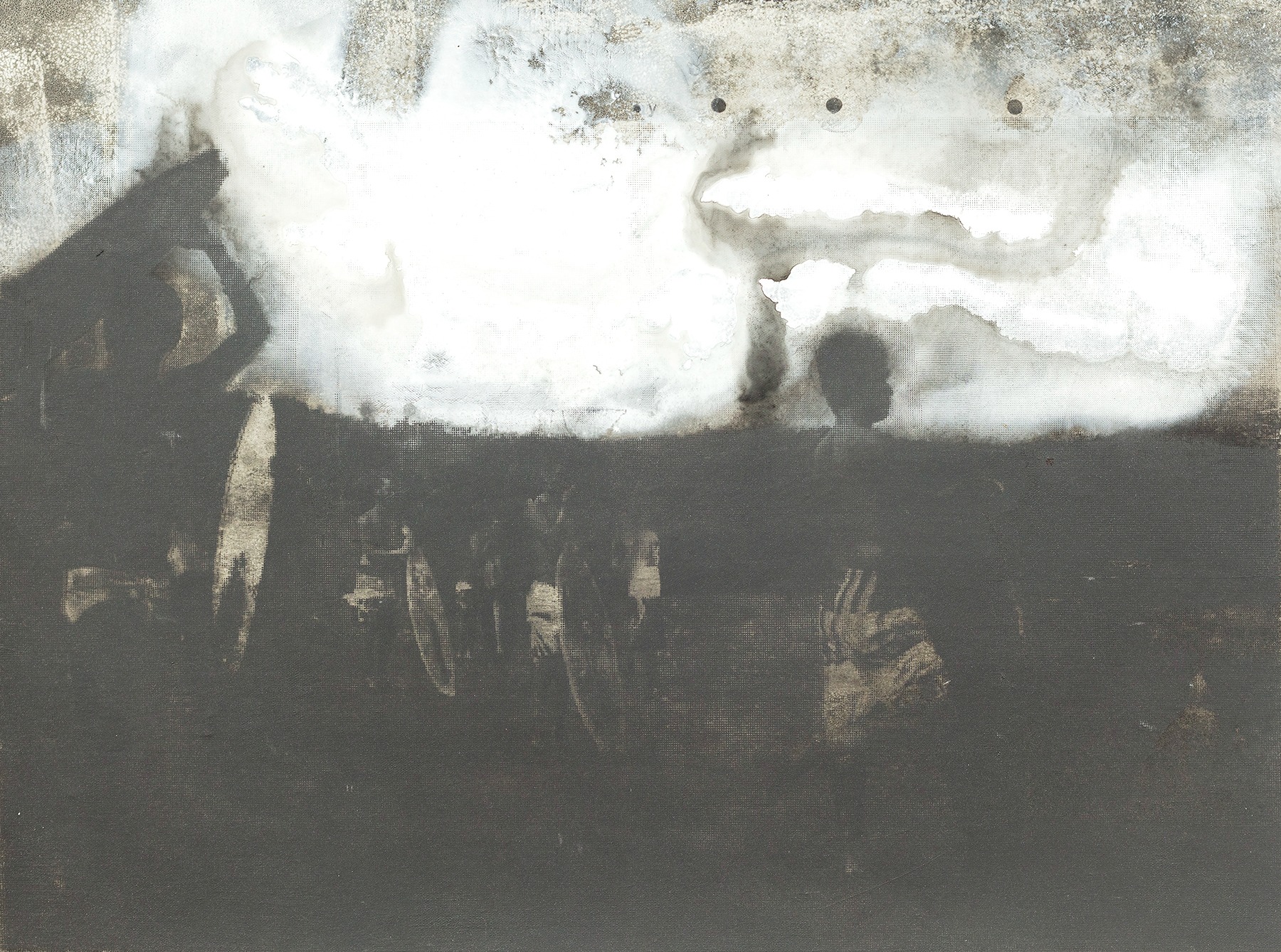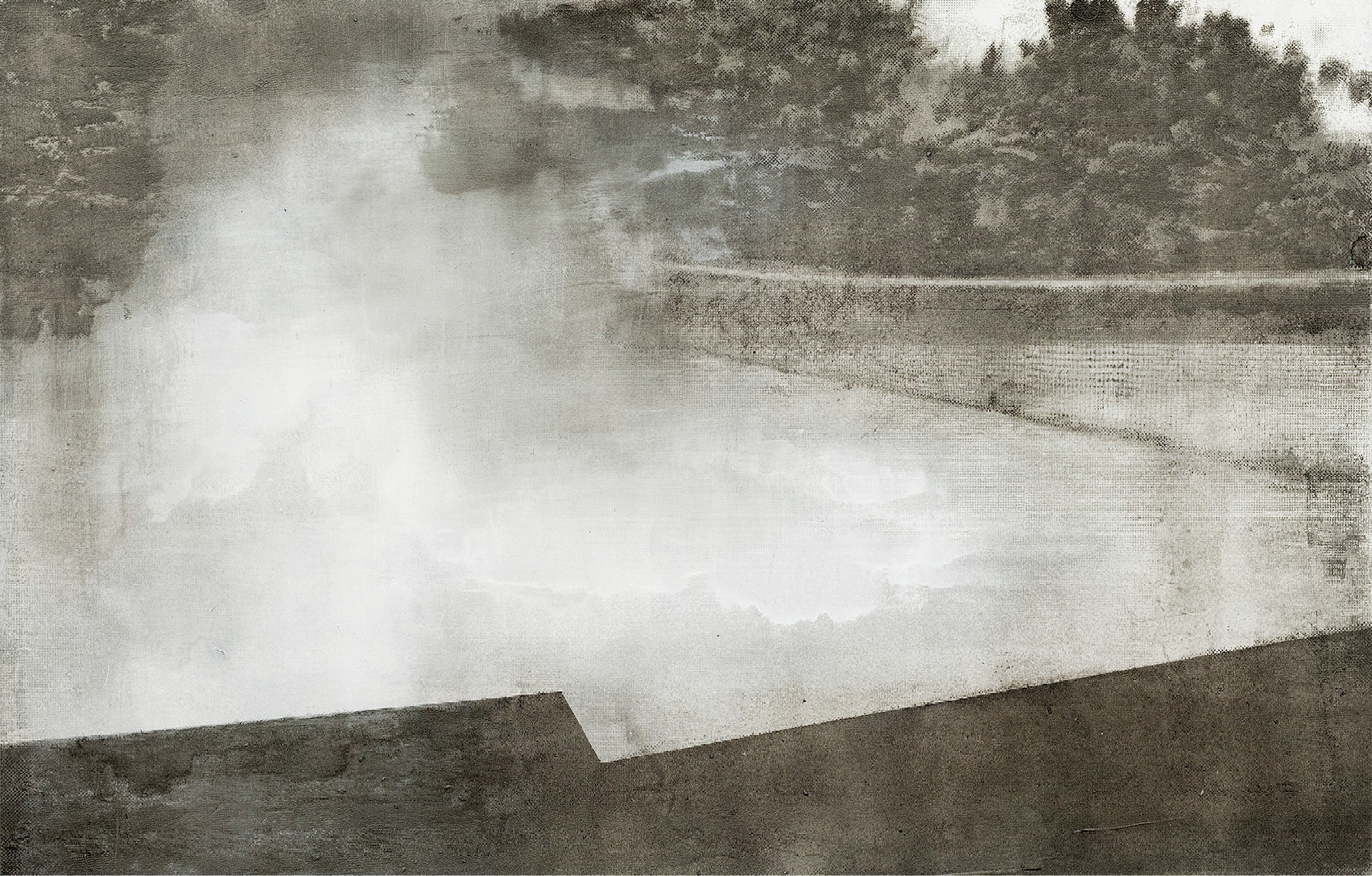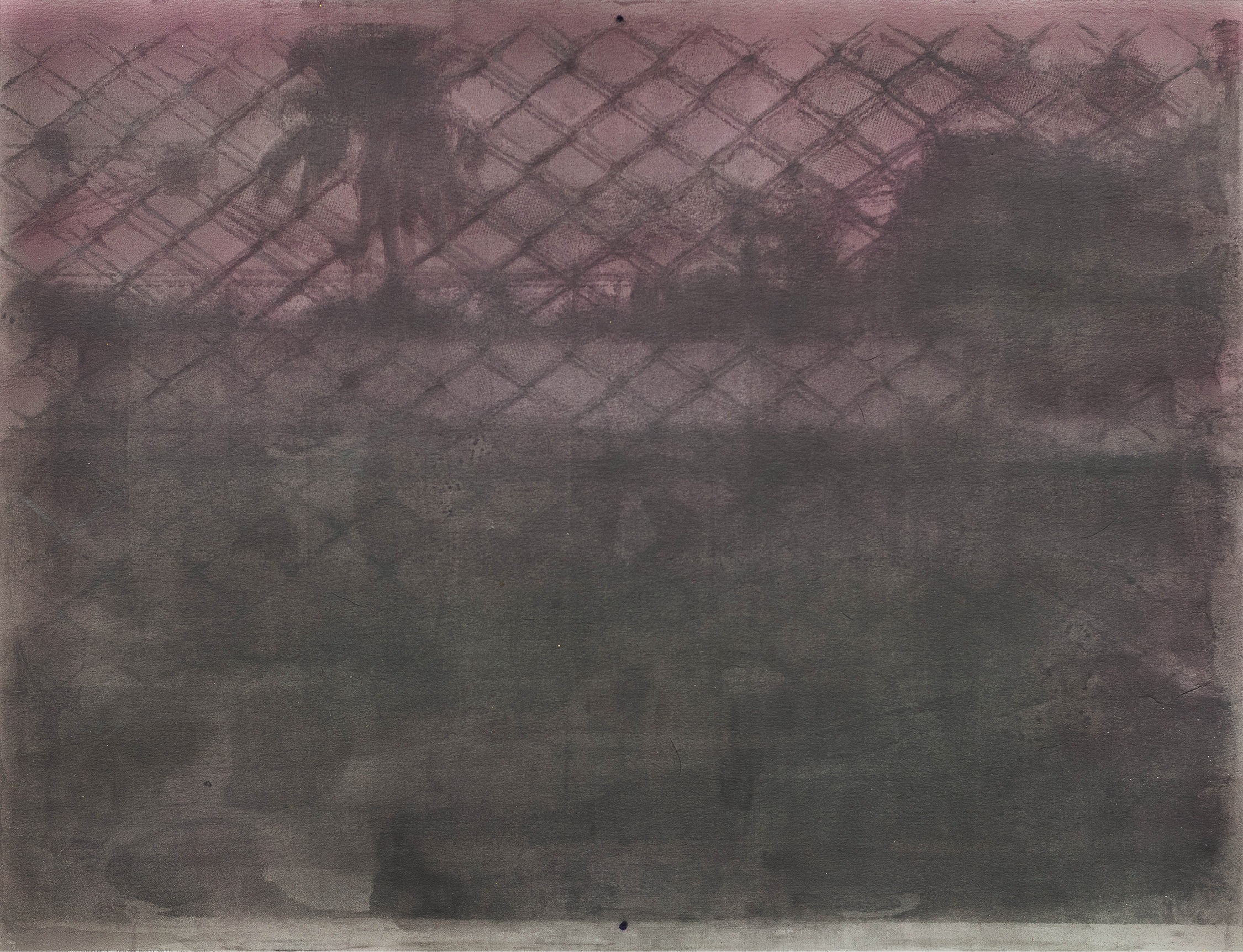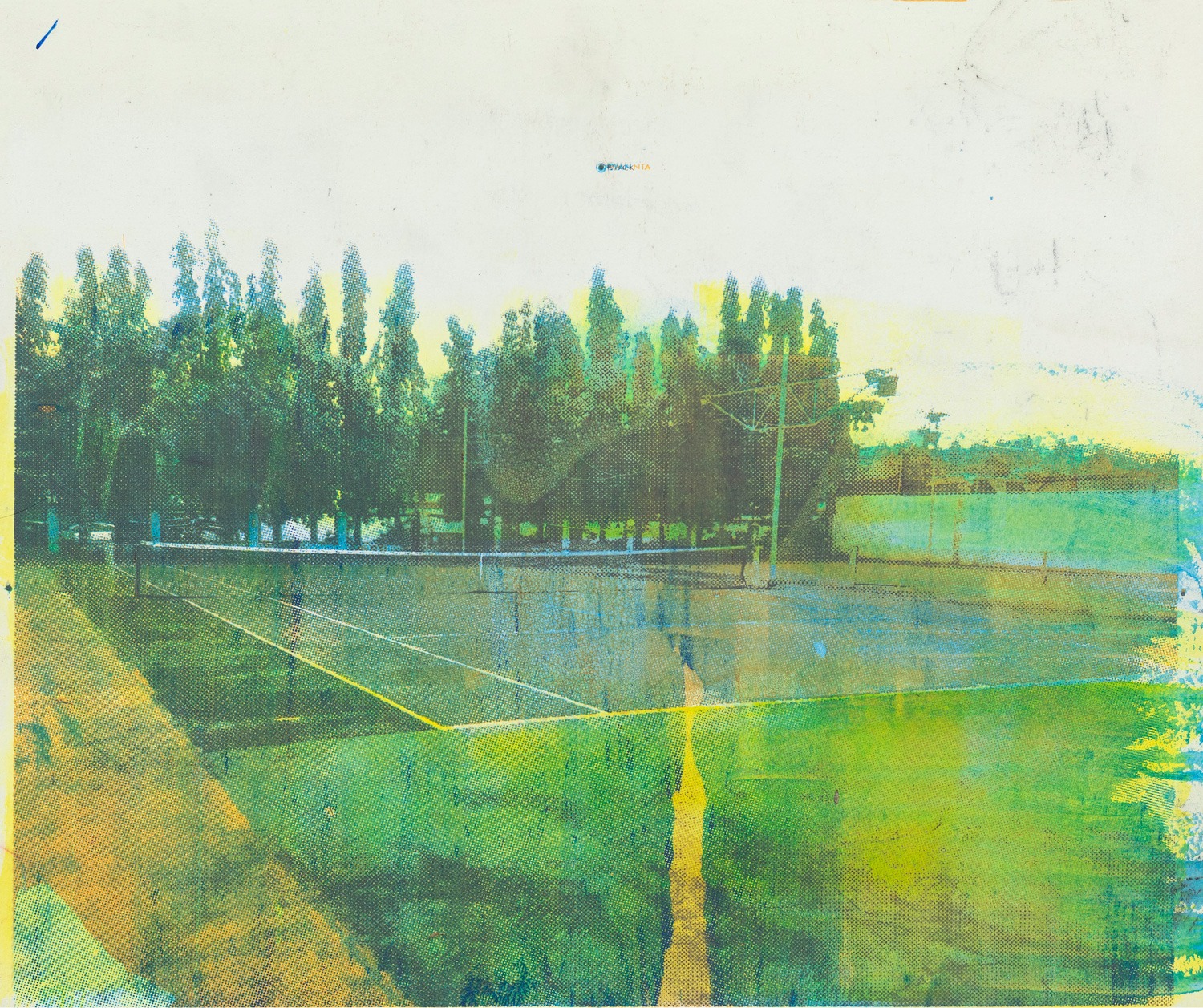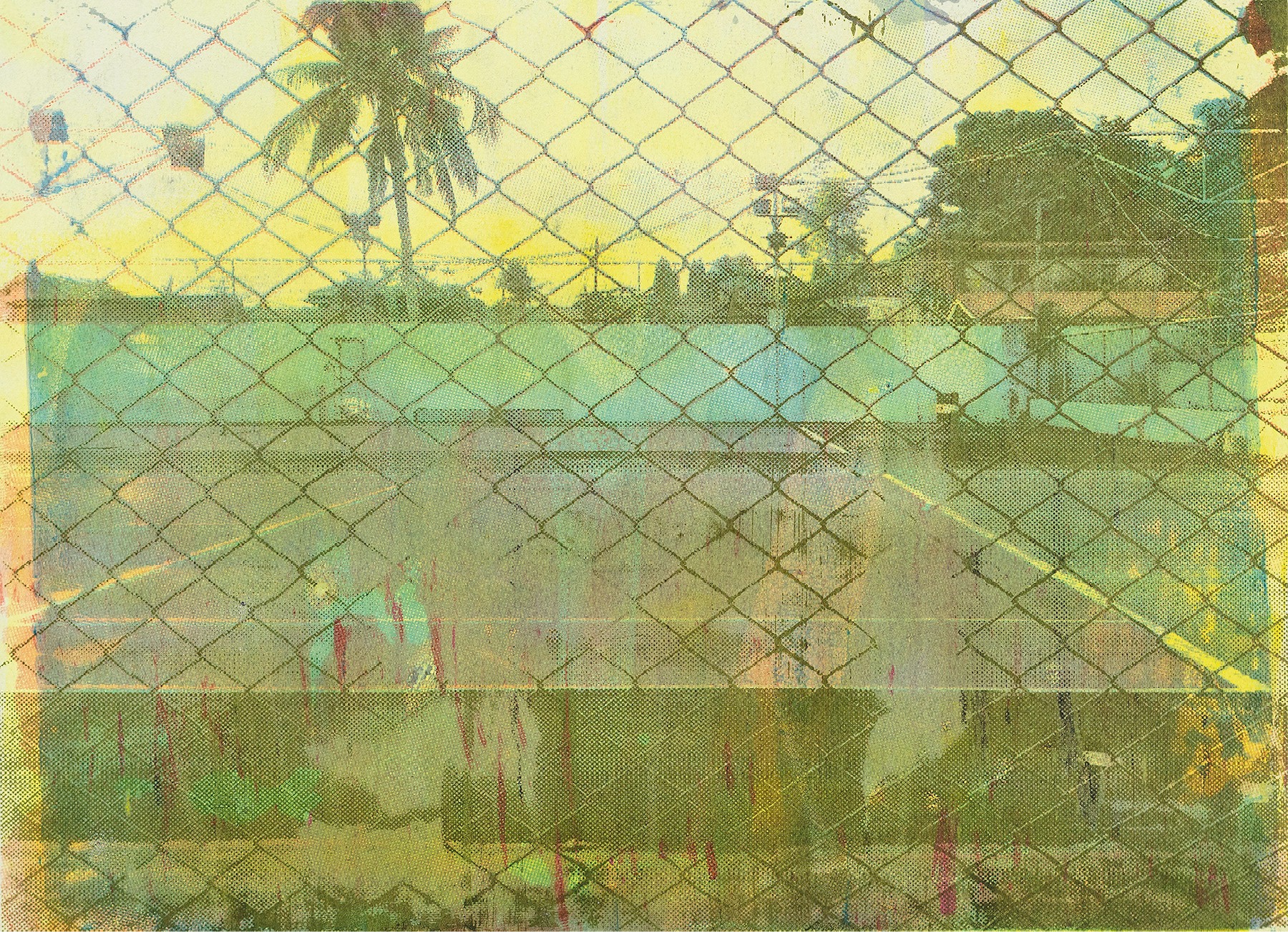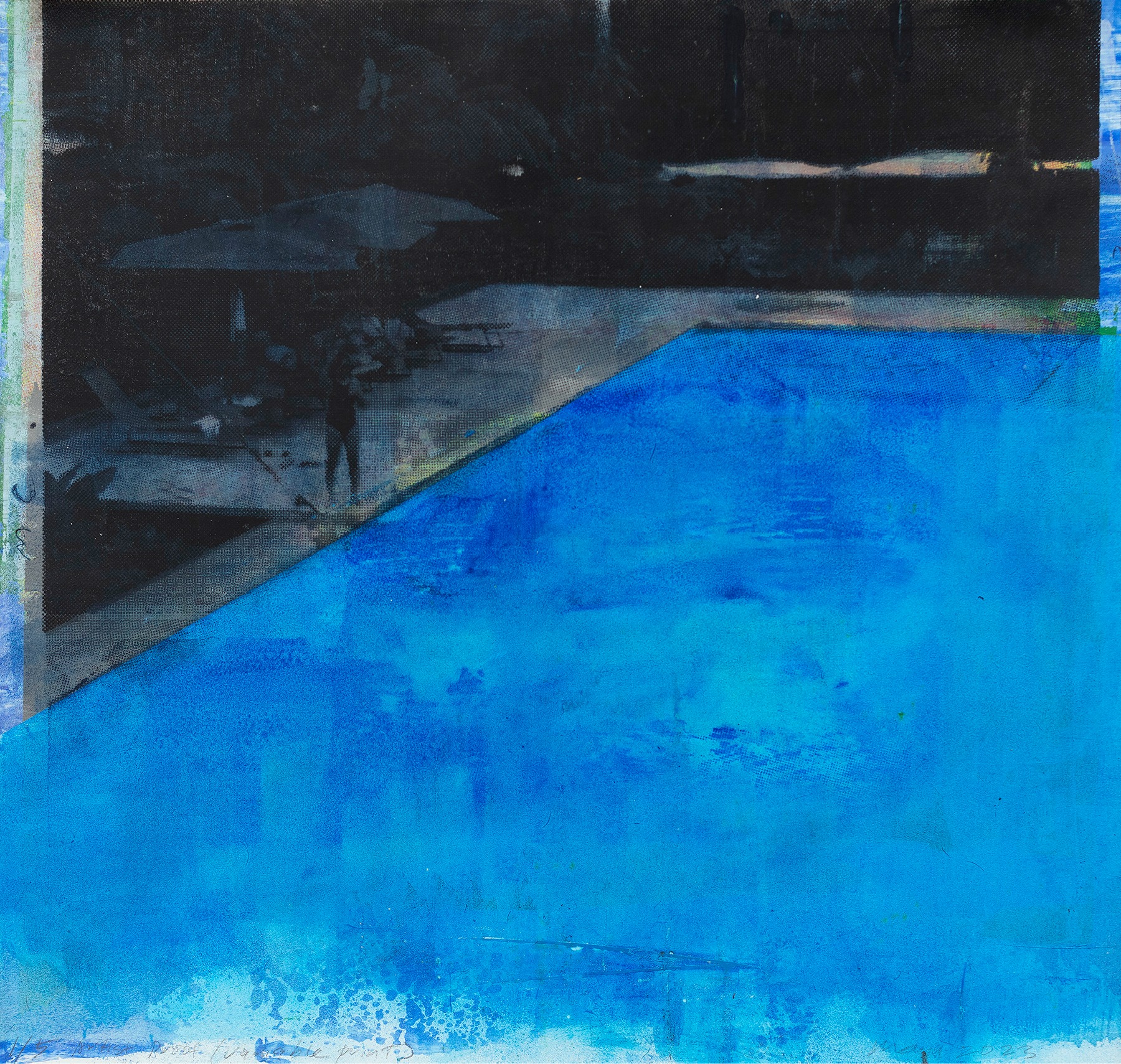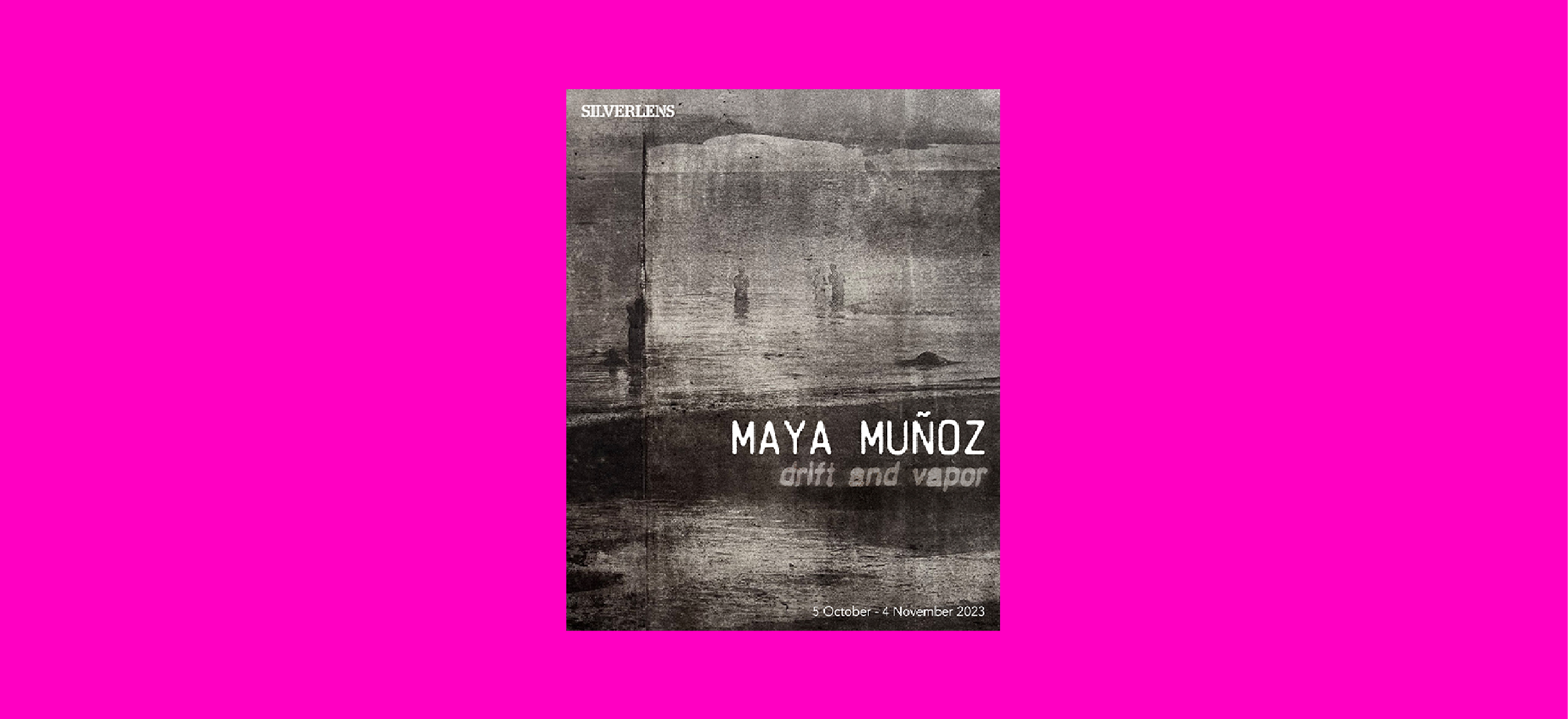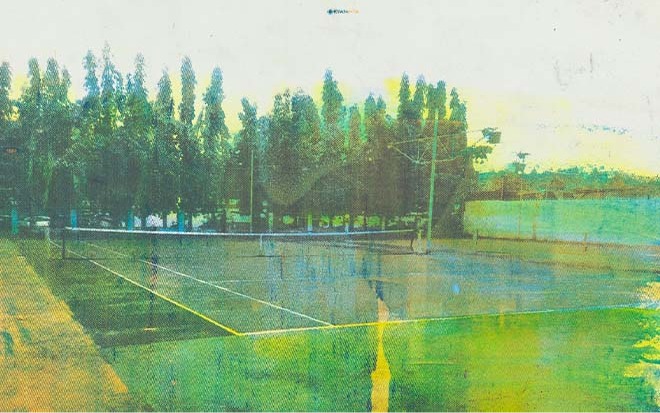
Drift and Vapor
Maya Muñoz
Silverlens, Manila
About
The natural light in Legazpi, where Muñoz lives and works, casts deep shadows and creates sharp contrasts. Against the velvety blackness of Mount Mayon’s volcanic earth and its peculiar atmosphere, colors become stark and oversaturated. This was the artist’s main observation when she returned to her hometown three years ago and rebuilt her studio there.
Such transformative aspect of light changed Muñoz’ palette, most recently to black and white monochrome, and led her to explore photography. Specifically, she wanted to experiment on how she could manipulate photographs and print them herself. She takes smartphone snapshots of scenes she encounters every day, saving them as her source material. These include landscapes, people she meets and other seemingly banal sights, images “that soothe the brutal side of life.”
Muñoz ruminates on the detachment that occurs at the time a photograph is taken. During its recording, the photographer is outside of the moment, removed from experiencing it. With this rationale, she selects images that she did not overthink, because “one becomes too invested in a great photo.” Her image archive, collected over many years, is hinged on how the vagueness of a casual snapshot opens the viewer to more possibilities. “When a perfect photo is so pretty, it gets stuck at pretty.”
We see abstracted environments, both natural and manmade, some with a cloudy bloom, as if ravaged through the patina of time. There are traces of empty tennis courts, bathers wading at the beach, skim boarders waiting for the waves. Rendered in deep blacks, misty greys, and chalky whites, the images are grainy, mottled, faded, and streaked, articulating evanescence, passing moments that amble along, impossible to hold still. “Giving importance to how an image is presented leads back to a lost idea and recontextualizes it.”
Photography is just the starting point of the artist’s complex and tedious process that evolved into what she defines as expanded printmaking. Muñoz built a darkroom, constructed scaled-up screen print stretchers, and made a massive exposure unit-- a makeshift wooden casing installed with fluorescent lights. Using Photoshop, the images are color-separated as designed for the CMKY screen print method. They are laser printed as positives on transparent acetates. Then in the darkroom, Muñoz coats light-sensitive emulsion onto the screens. Once dry, she exposes the acetate images layered over the screens, and after a few minutes, washes out the emulsion with a power spray to halt exposure. Finally, she prints the images by pulling each layer of acrylic paint color. This technique allows her to create half tones and print in black and white, in color, or in both. Each print is unique.
Primarily a painter, Muñoz is less satisfied with immaculate prints and rather prefers the mess: water marks, mishaps, and other improvisational results one associates with the playfulness of painting over the exacting methods of commercial photography and the rigid precision of traditional printmaking. Her process is a painter’s equivalent to analog photography’s dodge and burn. It is also an attempt to mimic a camera with a leak. To work with controlled accidents, she alters exposure times, pulls the paint only on certain areas, often scrapes off wet paint and prints the same image over it multiple times. She tests varying registration and screen mesh weave count, erases, rolls, and splashes paint until the image attains her desired effects.
These compound treatments are taxing on bare paper supports, but Muñoz devised a way to avoid damaging the paper. She mixed oil with a cold wax medium to seal the paper. “If I wait a couple of days, I can move the paint around, just enough to get the print I want. This mixture also soaks the paper, so I can get luscious blacks.” The artist also found a way to print on canvas while obtaining the smoothness and character of paper. She made a formula consisting of wall putty and a polymer binder and applies this evenly onto the canvas to recreate a papery base. Medium and technique dictate her next move, as she learns through the making. “Artists become surface connoisseurs.”
Photographs are often printed as flat and smooth objects; however, Muñoz wanted to achieve textured surface quality. Through raised texture and obscured images, she hopes to further engage viewers, drawing them in to imagine their own stories. It is an end-to-end creative endeavor in which the artist has control of each step to convey mood, emotion, and a sense of vastness. Here, virtuosity of technique translates to visual poetry. Consistent with the prosaicness of her subjects, she utilizes vernacular methods and materials, harnessing what are readily accessible in Legazpi. After all, the screen print technique is more commonly employed by makers of posters and t-shirts. On this consonance of material and process, she asserts, “I want the work to be anchored in the very real.”
Words by Stephanie Frondoso
Maya Munoz lives and works in Bicol province. She is a painter and printmaker.
Works
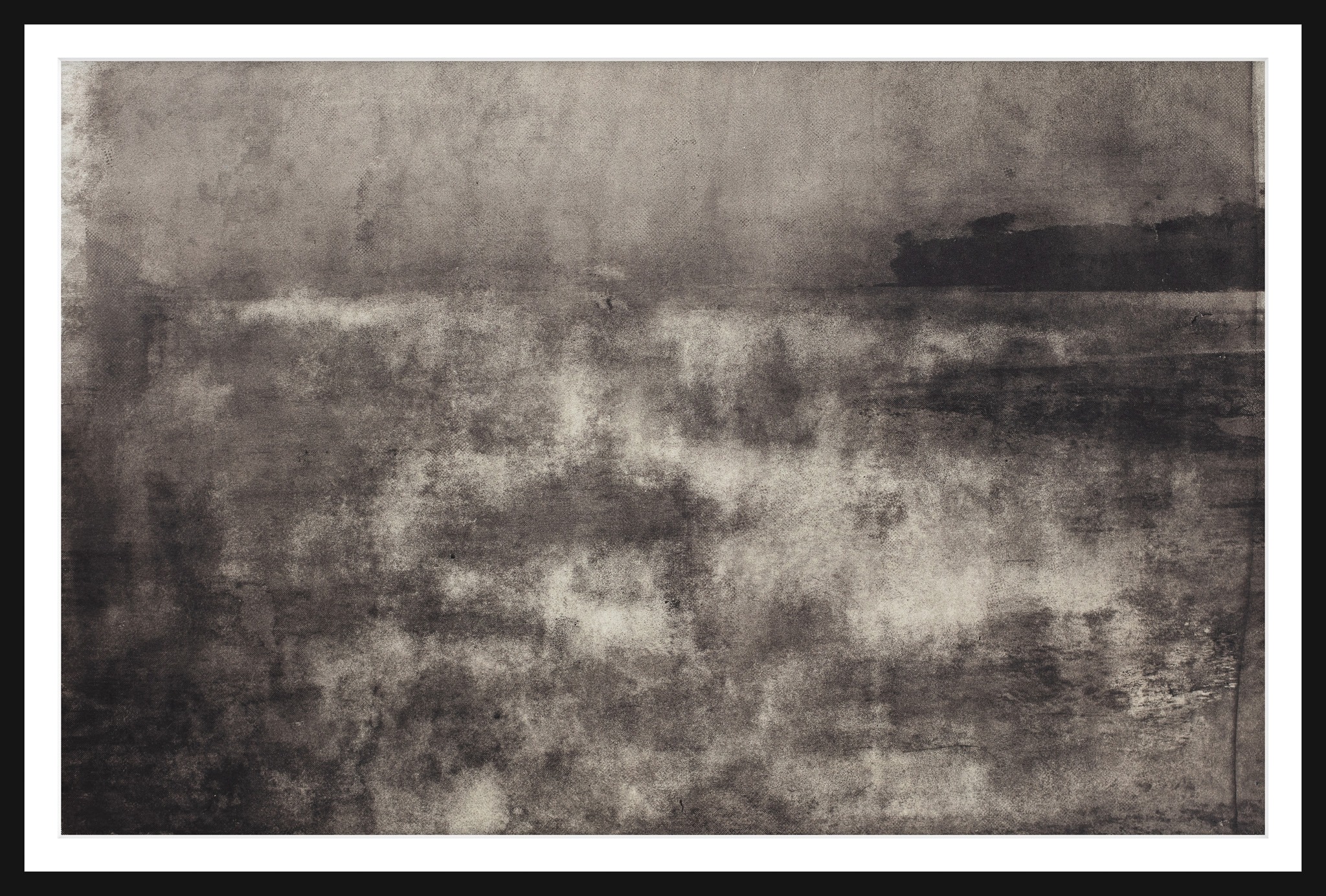
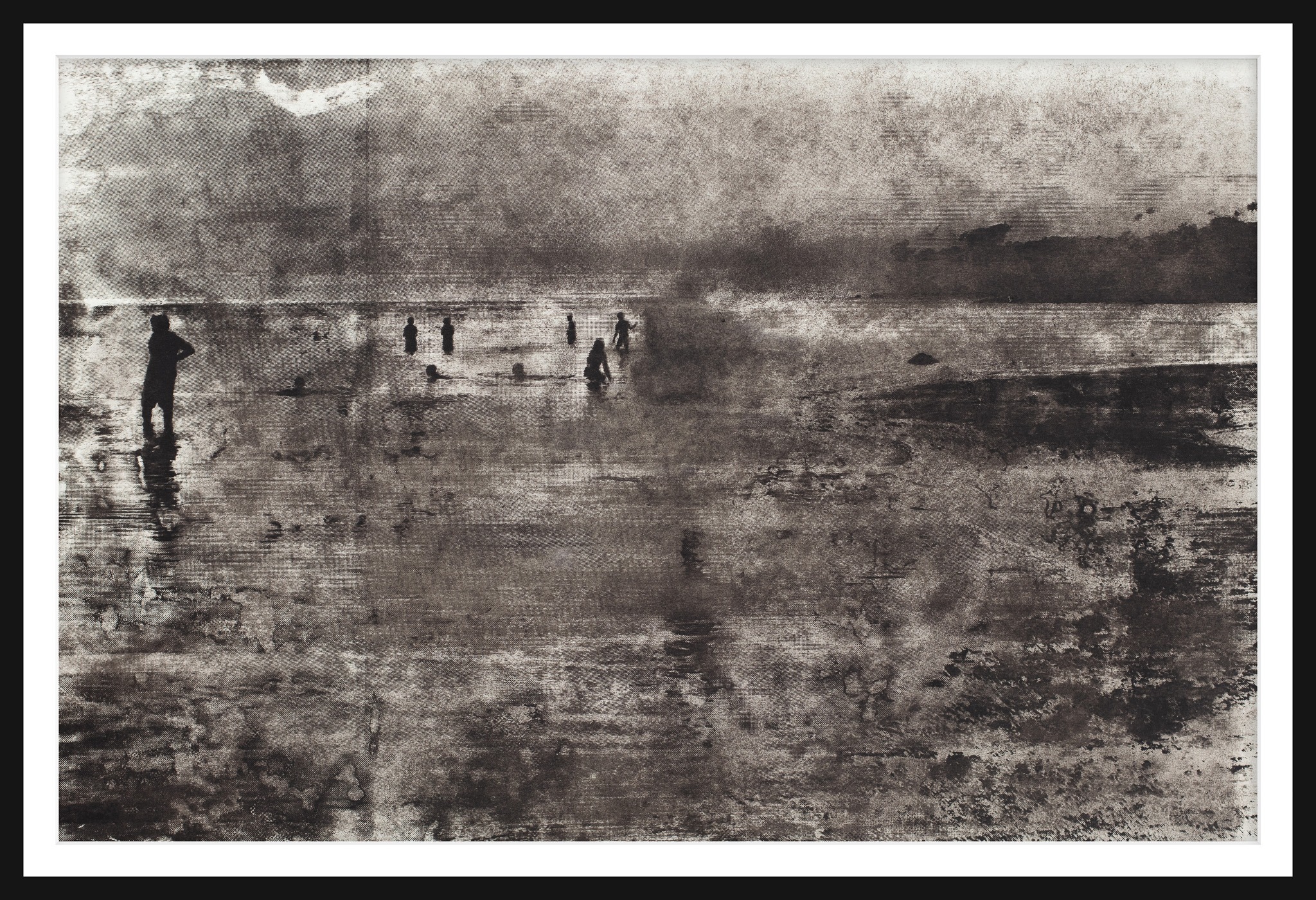
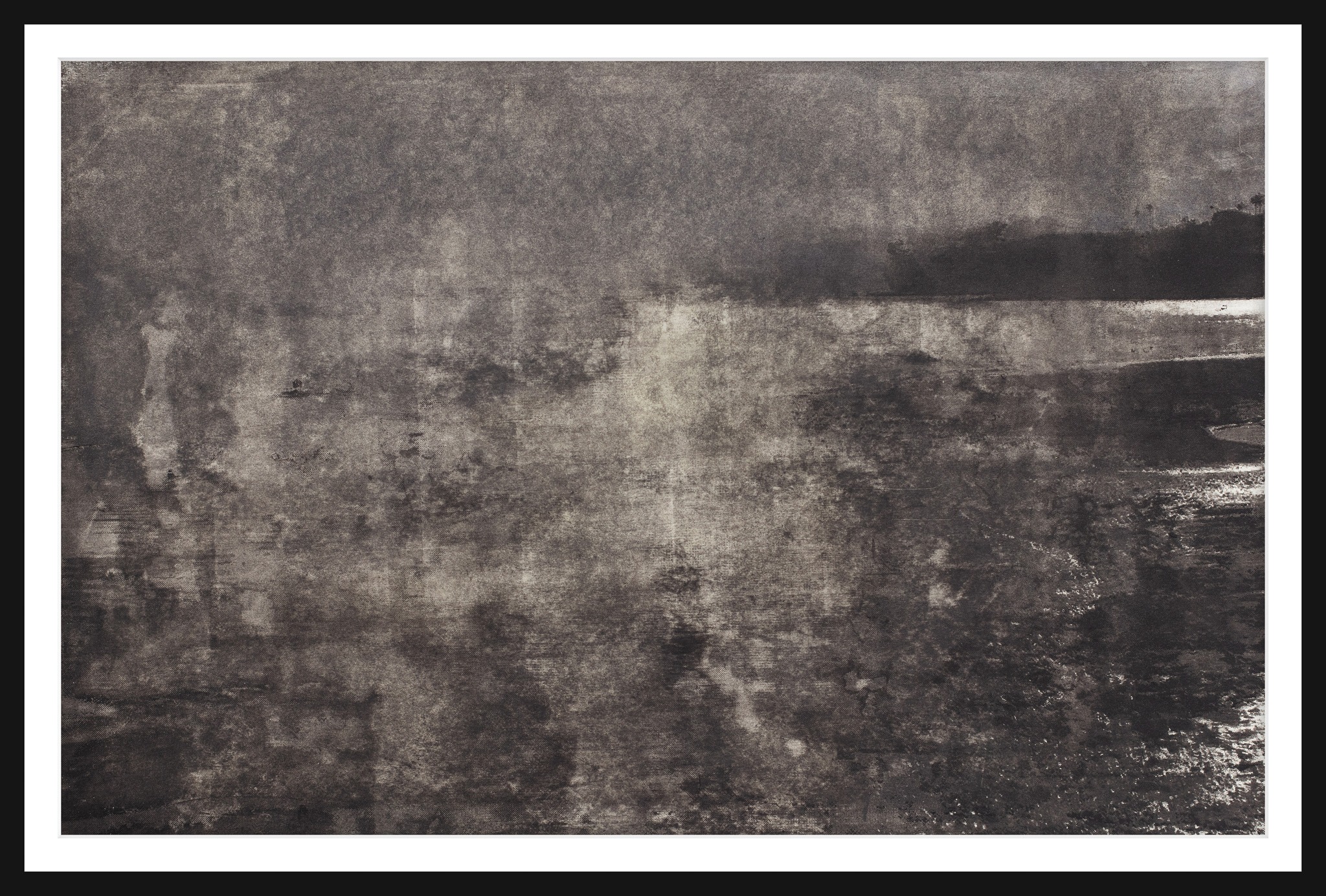
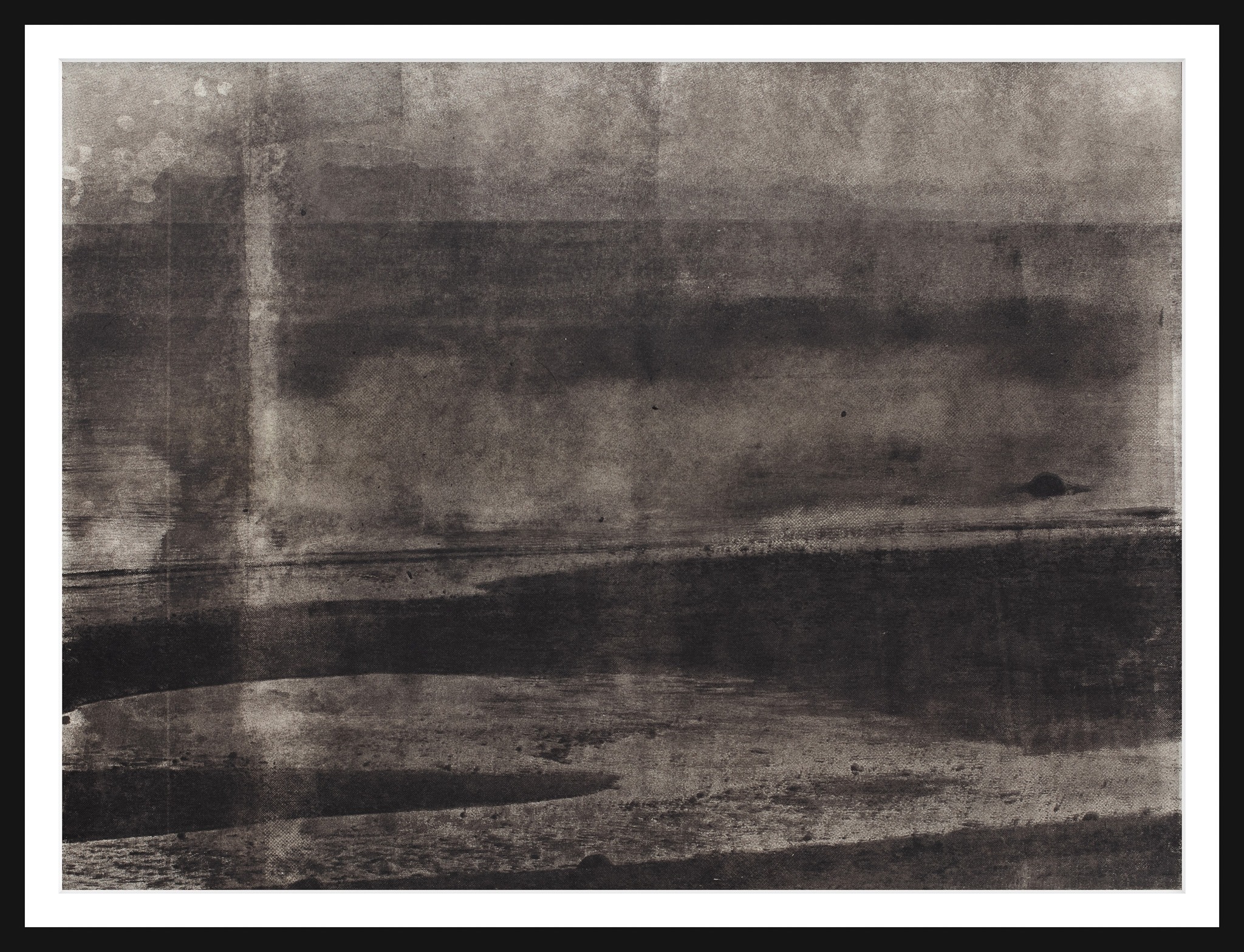
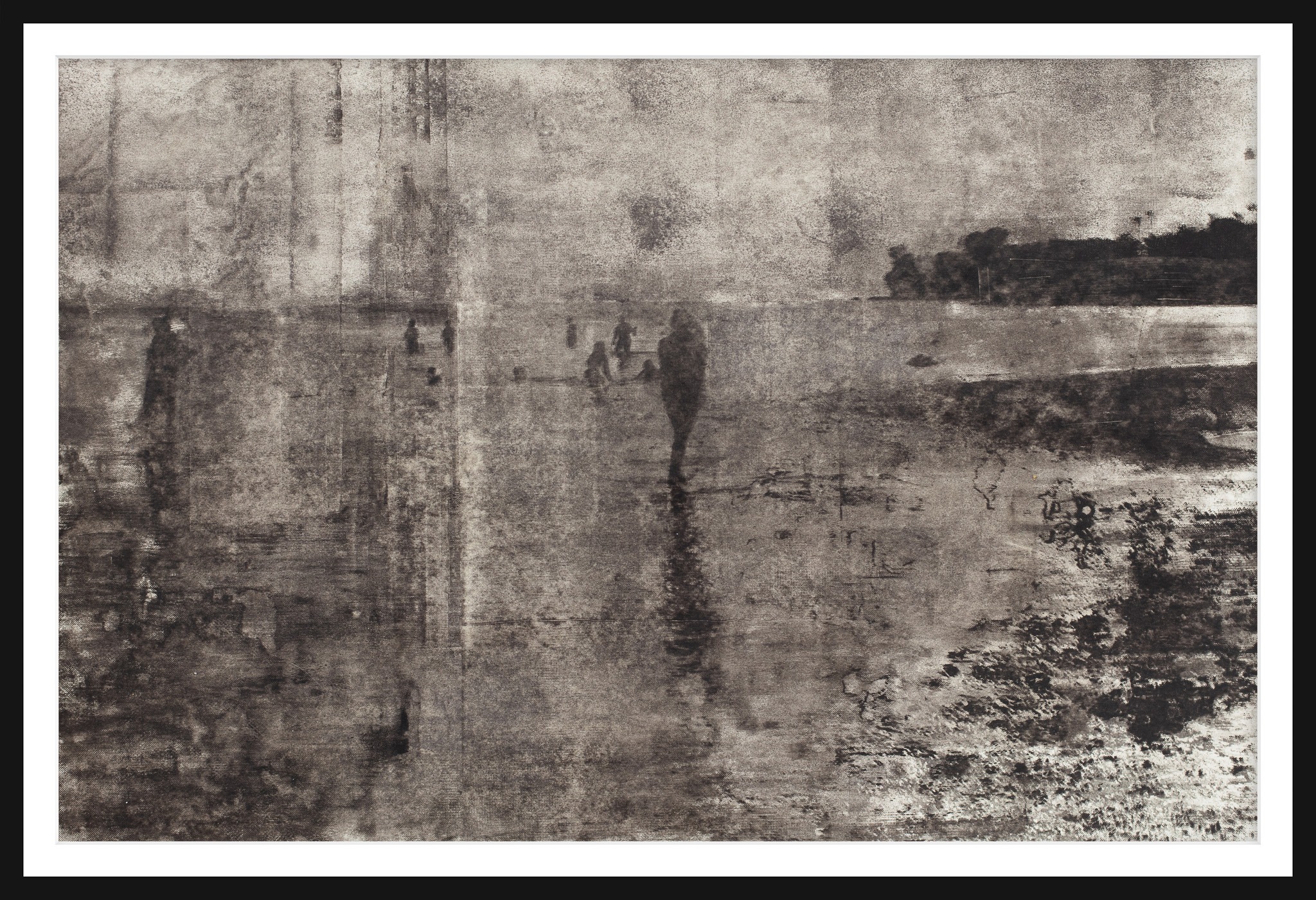
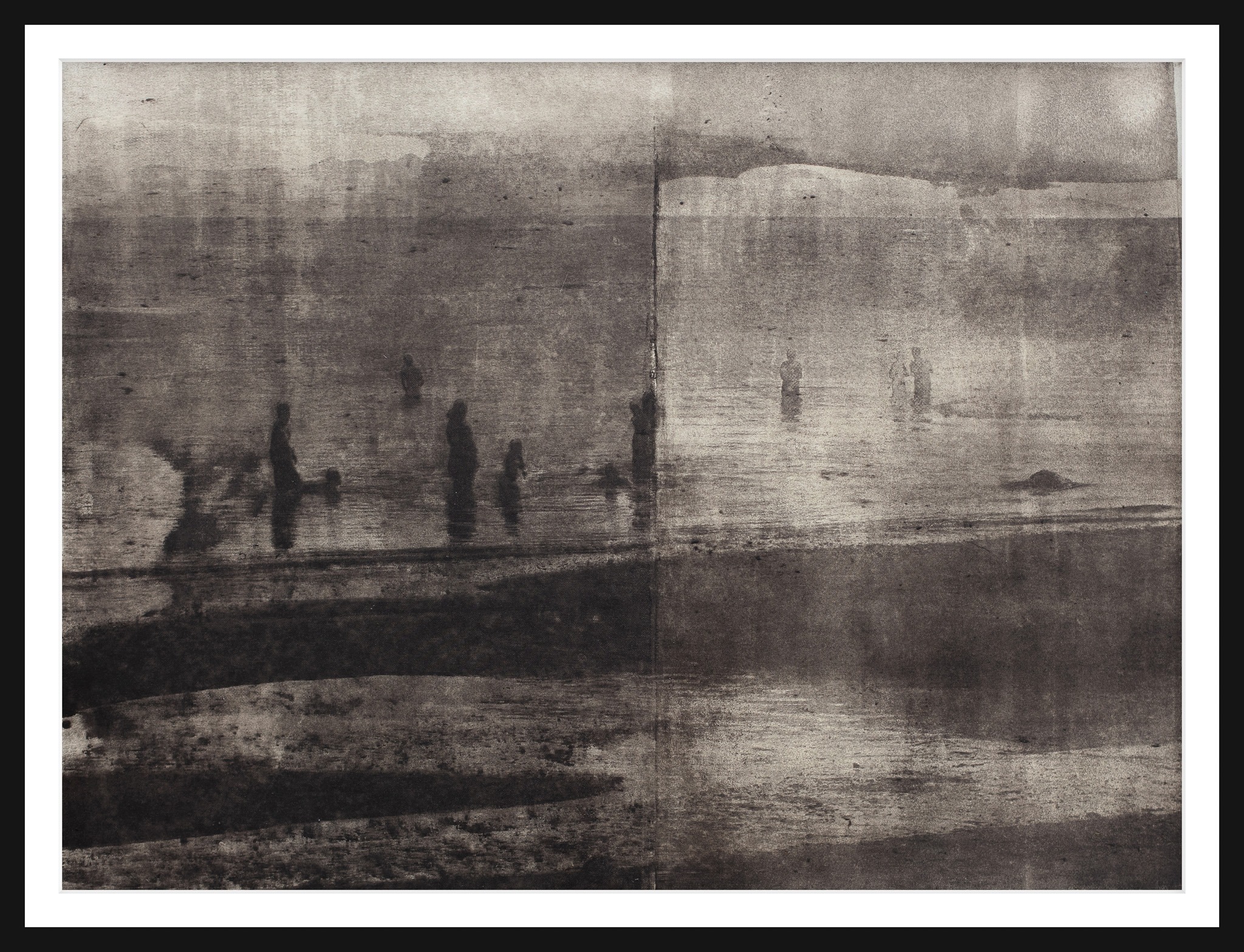
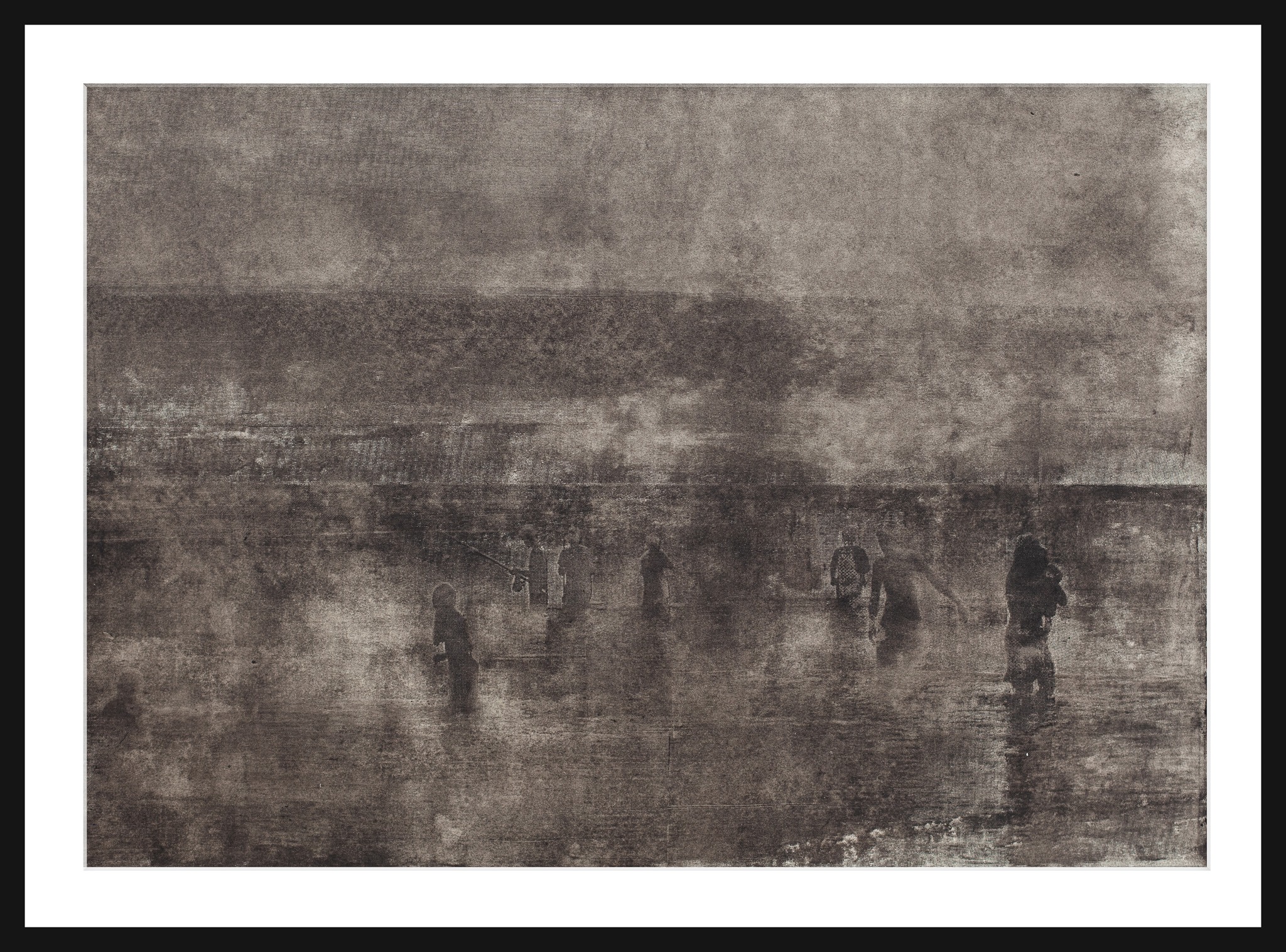
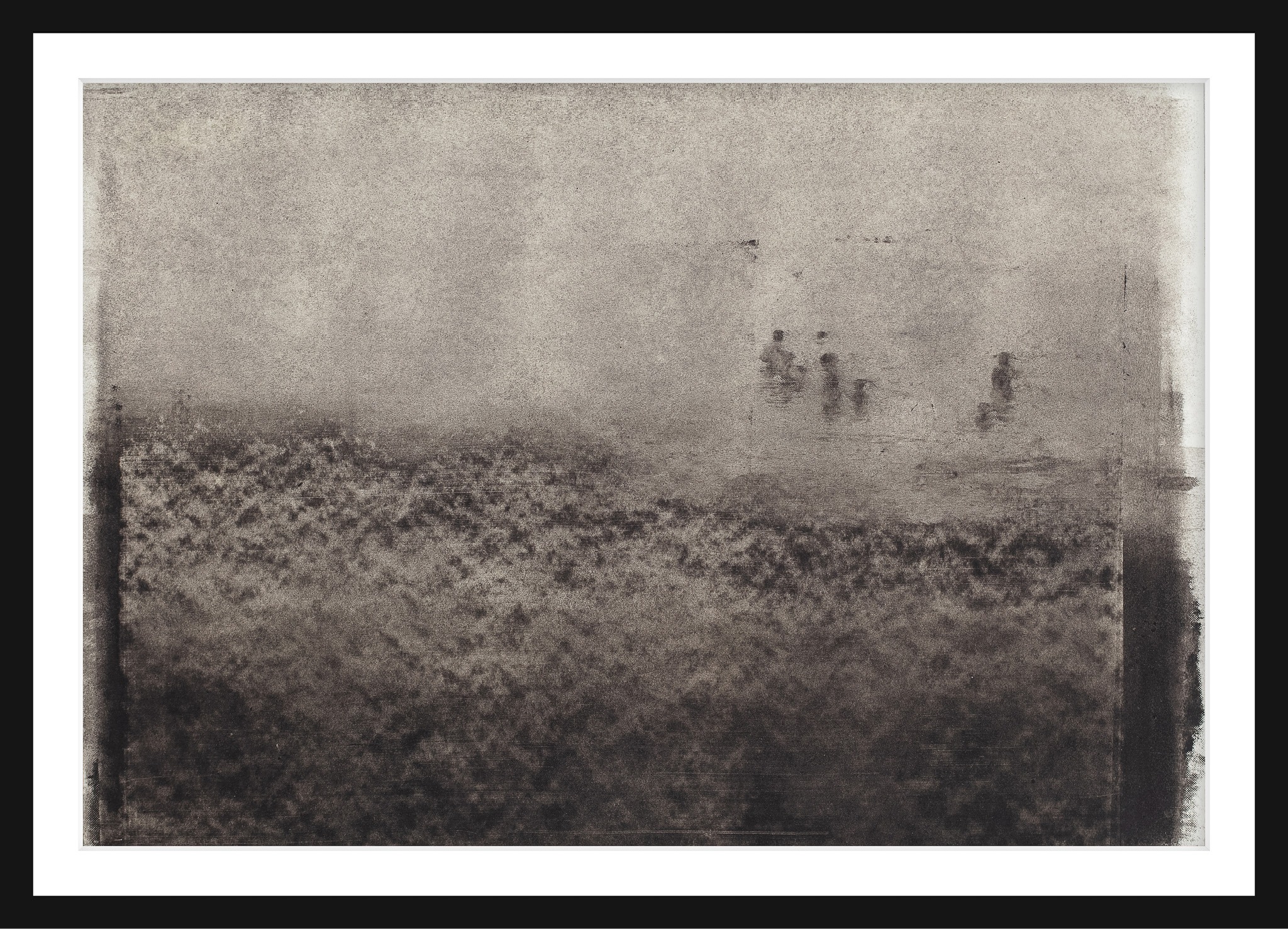
Other Available Works
